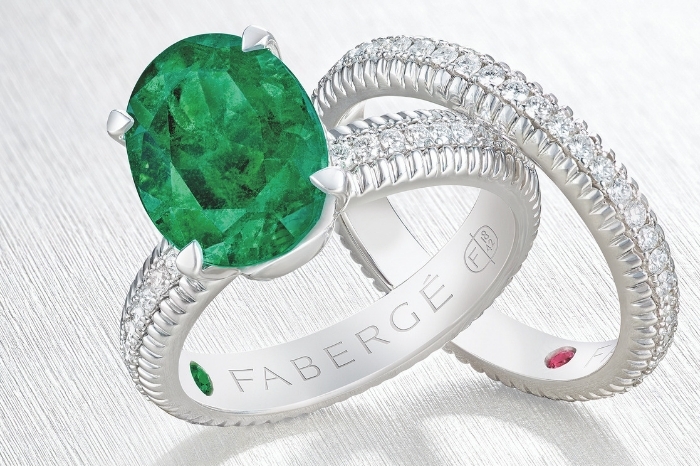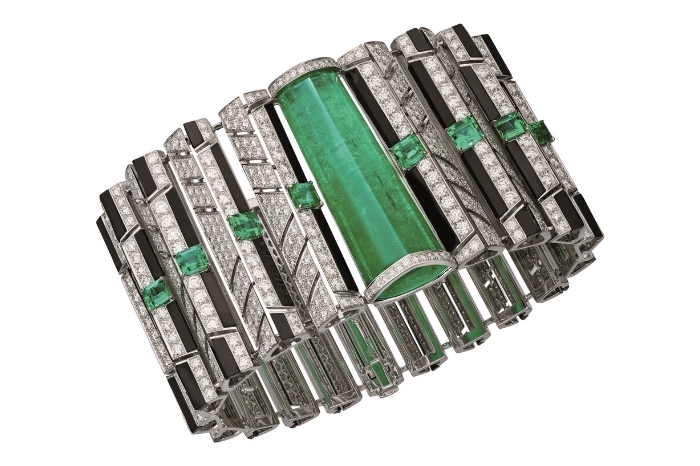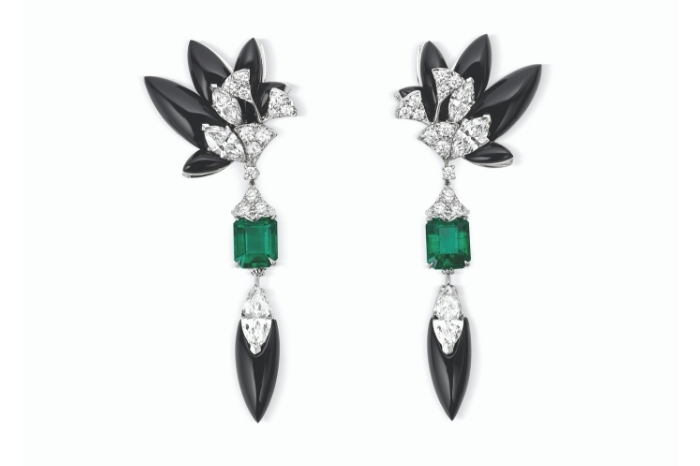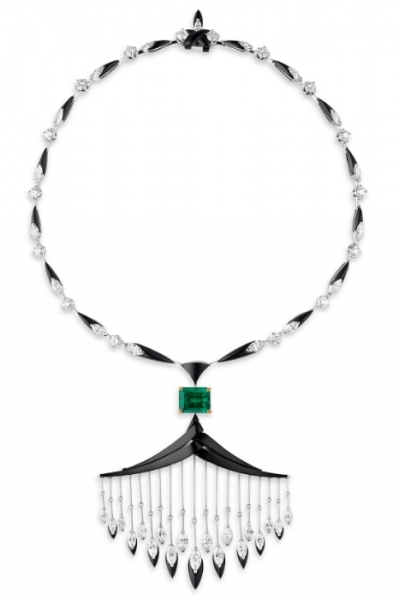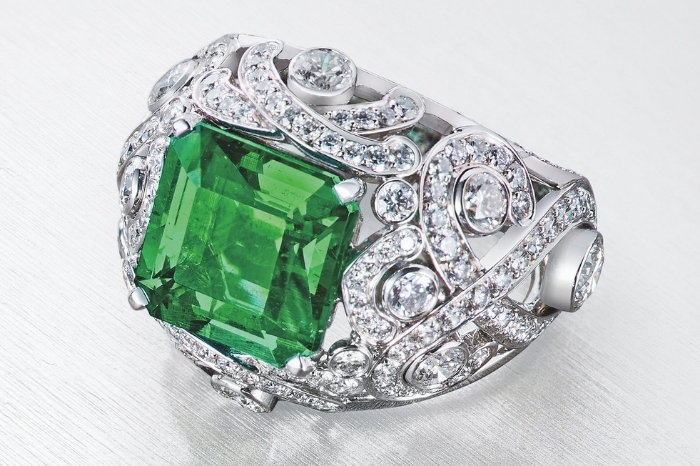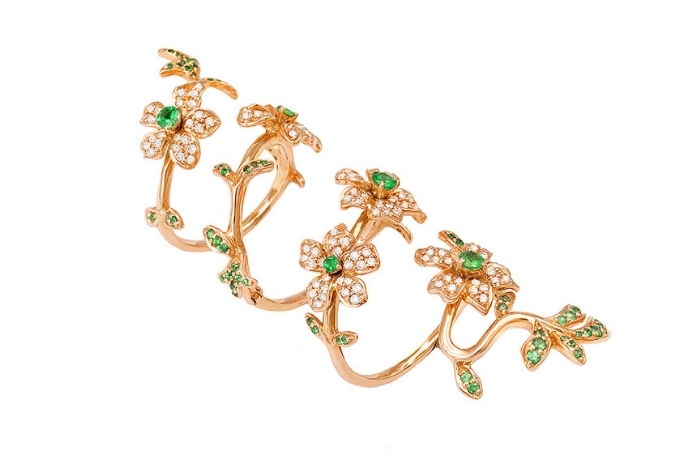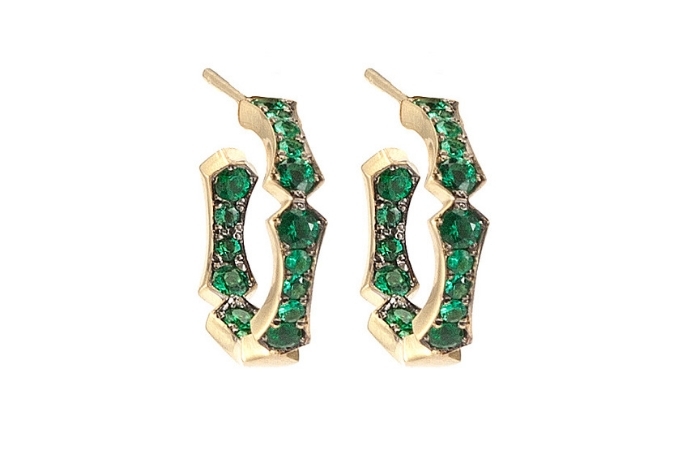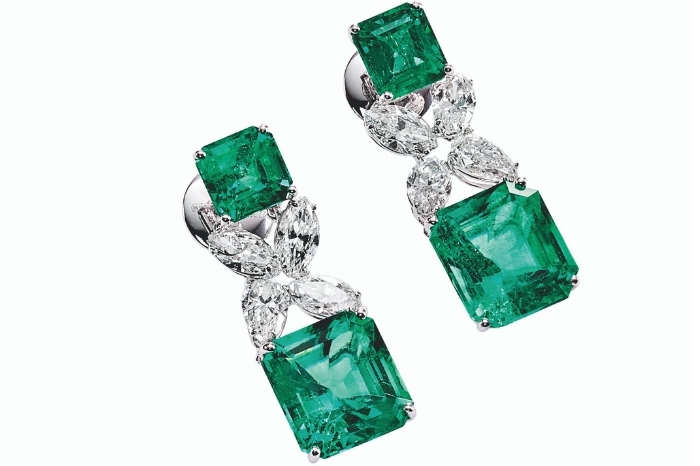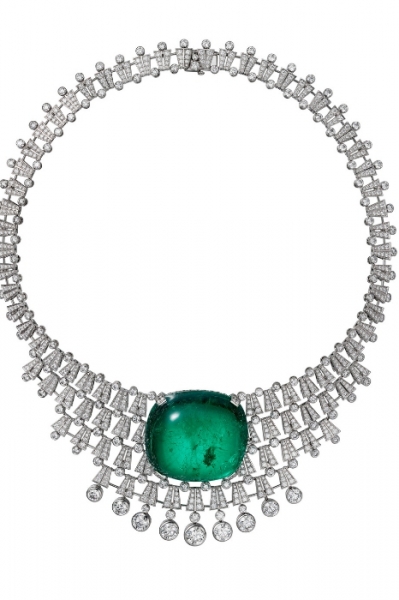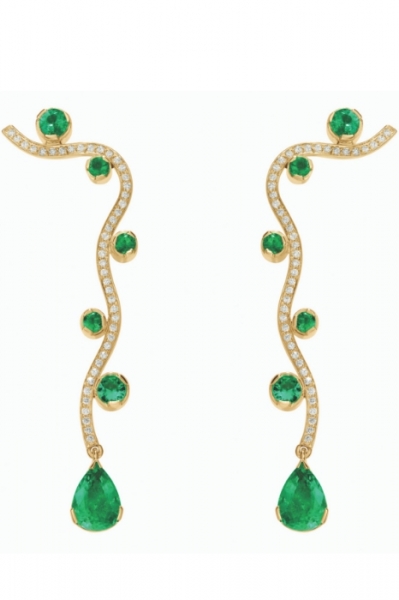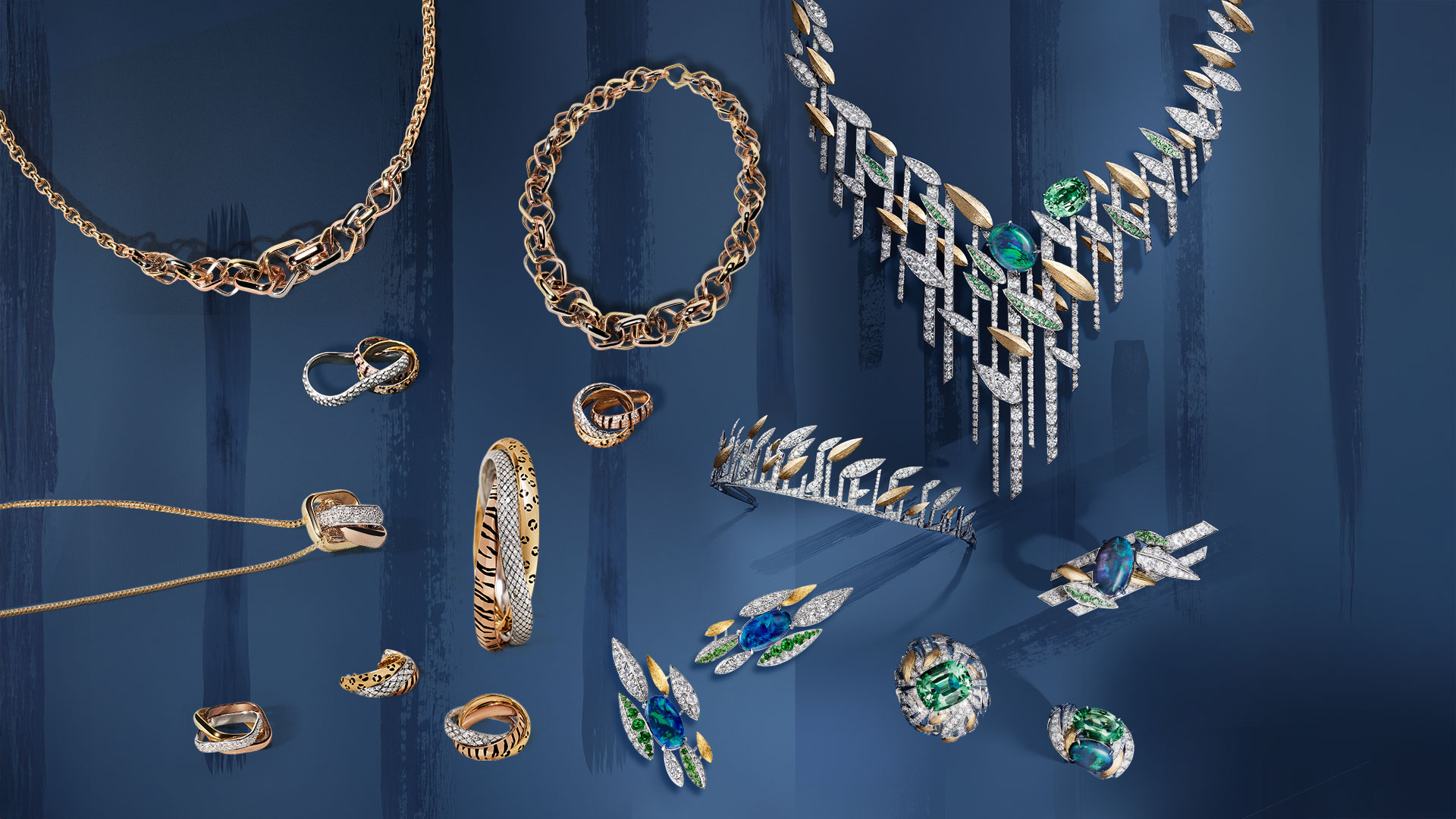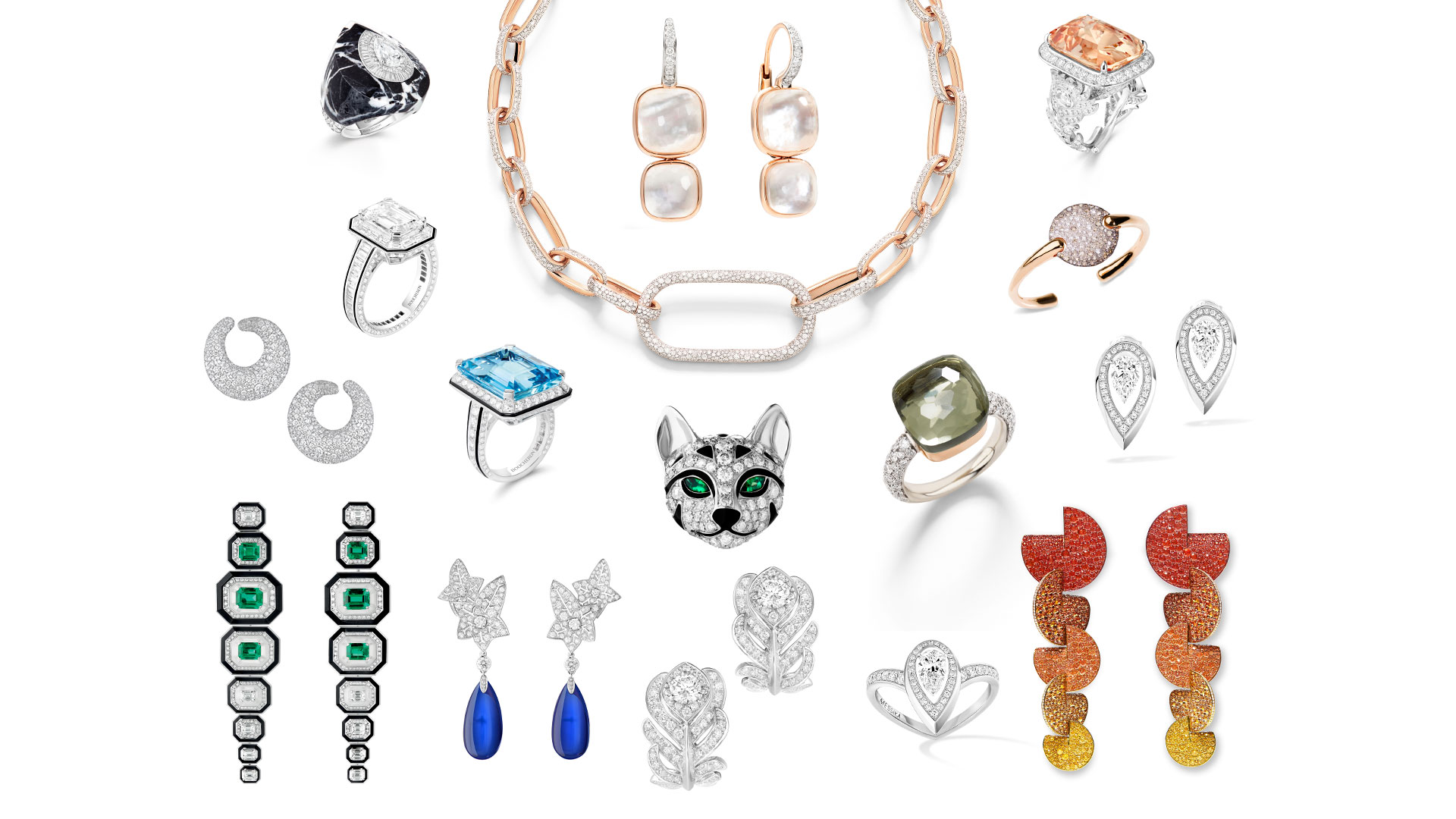
Minedfulness: While wondering at the beauty of emeralds, think about their miners
It was still early in October last year when word started to spread around Kagem – the central Zambian mine that is the source of 25% of the world’s emeralds – that something truly sensational had been uncovered. That something truly sensational turned out to be Inkalamu, the giant 5,655-carat ‘Lion Emerald’ that has stunned the haute joaillerie world with its size, its perfectly-balanced golden-green hue and its clarity.
Sadly, save for referencing the blemish-free appearance of the very finest examples, “clarity” is a word seldom associated with emeralds. This is especially true when it comes to their exact provenance or to any detailed description of the conditions that Third-World workers endure in order to aid in their discovery. Indeed, all too often, it transpires that their true origins are every bit as murky and wretched as those of their far-better documented cousins – the Blood Diamonds, precious stones illicitly mined by mistreated miners and covertly used to fund some of the world’s most savage conflicts.
From the off, emeralds have been intertwined with greed. First mined in Egypt from 330BC onwards, the country’s once ample reserves were swiftly exhausted in a bid to keep pace with the ostentatious vanity of Byzantine aristocrats. It’s a pattern that has been repeated many times since, with first Columbia and now Zambia being ruthlessly exploited by many of the less-salubrious representatives of the global gem industry. Now, however, there are at least some reasons to be a little optimistic. Gemfields, the London-based operator of the Kagem facility, for one, has embraced sustainable mining practices in Zambian mines.
Of course, the word ‘sustainable’ has been so oft-repeated in everything – from food to fragrances – that we felt obliged to dig deeper. To be fair, the good folks at Gemfields seem to have done a lot more than just pay lip service to sustainability. From nurturing the local community to preserving the top soil on which the mines are based, at least, the first steps towards sustainable sourcing have been taken. But will it be too little, too late? With emerald resources sadly but surely depleting and affordable cosmetic stones eclipsing the markets, maybe it’s only a matter of time before the existing emerald jewellery evoke emotions far deeper than green-eyed envy.
Text: Suchetana Mukhopadhyay

